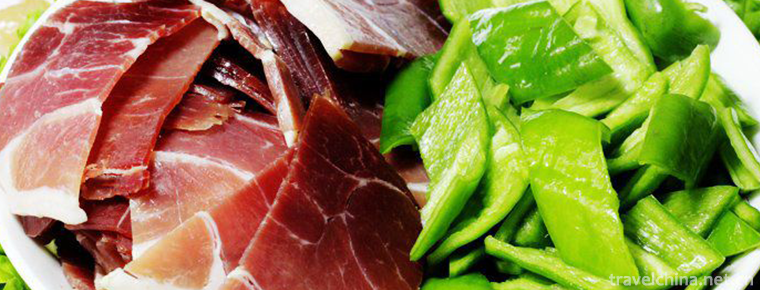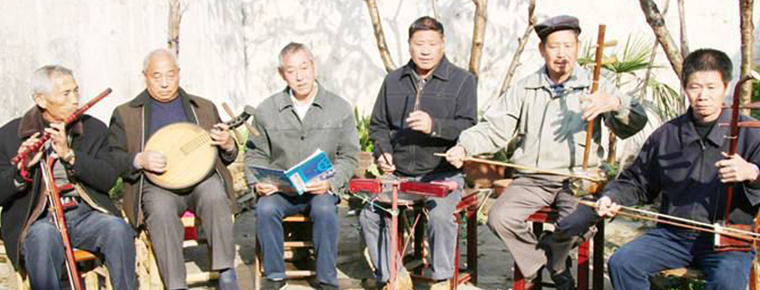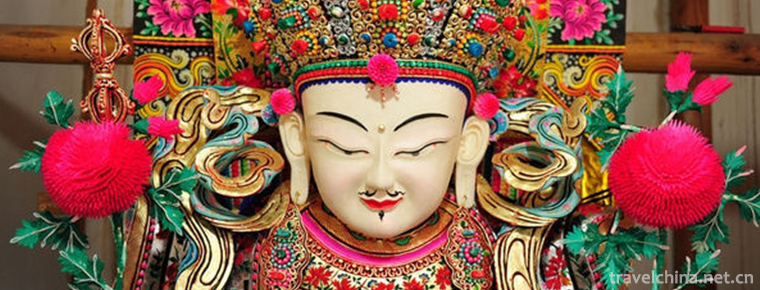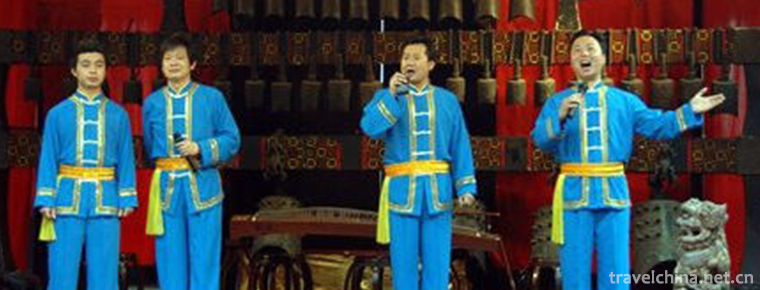Go BelieveGoubuli baozi
Goubuli steamed bun is a snack made of flour, pork and other materials. It was founded in 1858 (Xianfeng period of the Qing Dynasty). It is the first of the "three wonders of Tianjin" and one of the old Chinese brands. The dough and stuffing of Goubuli steamed buns are carefully selected, the production process is strict, and the appearance is beautiful. Especially, the folds of steamed buns are symmetrical. Each steamed bun has no less than 15 folds .
The newly stuffed steamed stuffed bun is fresh but not greasy, and has a delicate fragrance. Goubuli steamed buns are mainly made of fresh meat, including three kinds of steamed buns, seafood steamed buns, sauced meat steamed buns, vegetable steamed buns and 98 varieties. In November 2011, the State Council announced the third batch of national intangible cultural heritage list, "Goubuli steamed bun traditional handicraft" project was included.
In 1831, Gao Guiyou, the founder of "Goubuli Baozi", was born in Xiazhuzhuang, Wuqing County, Zhili (now Wuqing District, Tianjin). Because of his father's forty-year-old son, he adopted his nickname "Dog Son" for the sake of safety, expecting him to feed as well as a puppy.
When Gao Guiyou was 14 years old, he went to the Liu family on the edge of the south canal of Tianjin and steamed food shop as a small boy. Because of the ingenuity and diligence of mind, coupled with the guidance of teachers, noble friends make steamed buns continuously improve their skills and practice a good job. After three years of being a teacher, Gao Gai opened a snack shop specializing in baozi alone -- "de Ju Hao". Because noble friends have good craftsmanship, do things very seriously, never adulterate, the steamed buns are soft in taste, delicious and not greasy, like chrysanthemum, color, fragrance and shape are unique, business is very prosperous. More and more people came to eat his steamed buns, and noble friends were too busy to talk to customers. In this way, people who ate steamed buns jokingly called him "dog sells steamed buns, ignoring people". Over time, people shouted smoothly and called him "Goubuli". They called his steamed buns "Goubuli Steamed buns". However, the name of the original shop was gradually forgotten.
When Gao Guiyou started the "Deju" snack shop, he mixed fresh pork with proper amount of water, rib soup or belly soup, millet oil, special soy sauce, ginger powder, onion powder and seasoning to make stuffed buns. The steamed bun skin is made of half-haired surface. After rubbing and dispensing, it is rolled into a round skin with a diameter of about 8.5 centimeters and uniform thickness. Wrap in stuffing, knead carefully with your fingers, and twist the folds hard. The folds are dense and uniform, such as chrysanthemum, and finally steamed in a stove with hard gas.
In 1916 (five years of the Republic of China), Gao Jinming, the son of Gao Jinming, who died of noble friend's illness, inherited the industry and set up a semicolon on Dongjie Street in Nanshi next year. In 1932 (twenty-one years of the Republic of China), the Hou family was moved to the north gate pass. In 1937 (26 years of the Republic of China), the old number and semicolon were merged and relocated to the back door of Tianxiang Mall (Liaoning Road today) to establish a new name "Deju Number". In 1947 (thirty-six years of the Republic of China), Gao Huanwen, the son of Gao Jin Ming, inherited the industry and went out of business until 1952. After the founding of the People's Republic of China, in 1956, Tianjin nationalized Goubuli steamed buns and relocated the shops to Shandong Road, Heping District, and then set up branches in Nanshi Food Street. In 2001, "Goubuli" head office was expanded.
With the development of "Goubuli", the varieties managed are also innovating on the basis of inheriting the tradition, gradually forming six categories and 98 varieties of steamed buns. Technicians elaborately developed chicken, duck, fish, meat, seafood and seasonal vegetables, wild vegetables, fungi as raw materials, using steaming, boiling, roasting, braising and other cooking techniques to make "golden needle bag", "dragon and Phoenix bag", "mandarin duck bag", "celery bag", "assorted brocade bag" and "shrimp and leek bag"
Making method
1. pork lean by 3:7. First remove the cartilage and bone dregs and stir them up with big eyed grates. Stir the meat with ginger water and then add soy sauce. Stir in MSG, sesame oil and scallion.
The ratio between the 2. sides and the water is 2:1. When kneading evenly, avoid alkaloids.
3. Roll the mixture evenly and roundly, push it flat with both hands according to the rolling stick, push it to the end and pull it to the end. Roll it evenly and form a round skin of 8.5 cm in diameter and thickness.
4. left hand skin, right hand into stuffing, pinch 15-16. When picking up the bag, the thumb moves forward, the thumb and forefinger twist the fold at the same time. When closing, the fold should be properly pressed, not opened, not crowned, and there is no knot on the mouth of the steamed bun.
5. steamed buns steamed on the steamed bread. Generally, it takes 4-5 minutes to use the hard gas of the boiler, 5 minutes to steam the stove with bituminous coal, 6 minutes to boil the steam when using the domestic coal ball fire, and 6 minutes to boil the drawer, such as steaming over-heated, full, flowing oil, not good-looking and not tasty, and sticky and not edible if not under-fired.
Goubuli steamed stuffed bun uses the technology of "half hair and water filling". The skin is thin and tough; the filling is chopped fine and evenly with meat, ginger, soy sauce, sesame oil, monosodium glutamate, sparerib soup, etc. The steamed stuffed buns need not go out of shape, do not drop the bottom, do not leak oil, and each shows chrysanthemum shape.
The characteristics of Goubuli steamed bun are: fine material selection, thin filling, mellow taste, fresh and tender palatable, fat but not greasy.
It is said that when Yuan Shikai was appointed Governor of Zhili during the training of the New Army in Tianjin, he presented "Goubuli" steamed buns as a tribute to Empress Dowager Cixi in Beijing. Empress Dowager Cixi, after tasting Dayue, said, "Goose in the clouds, cattle and sheep in the mountains, seafood is not as good as dog's ignorance of fragrance, and longevity of food."
In 1973, Chairman Mao Zedong once talked with everyone about Tianjin's delicacies, especially about Tianjin's "Goubuli" steamed buns. Living administrator Wu Lianden also made a special trip to Tianjin to buy back "Goubuli" for the chairman, who was very happy after eating
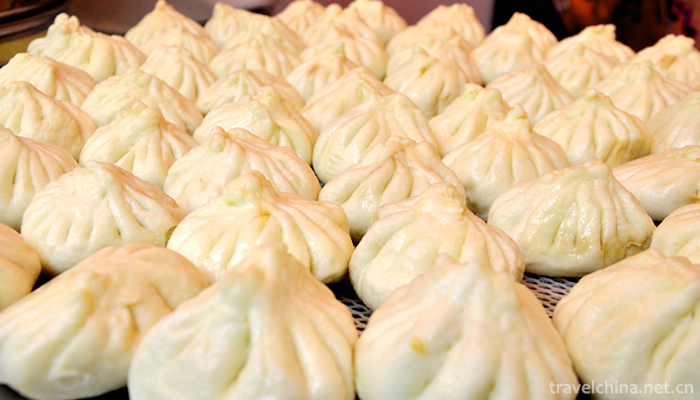
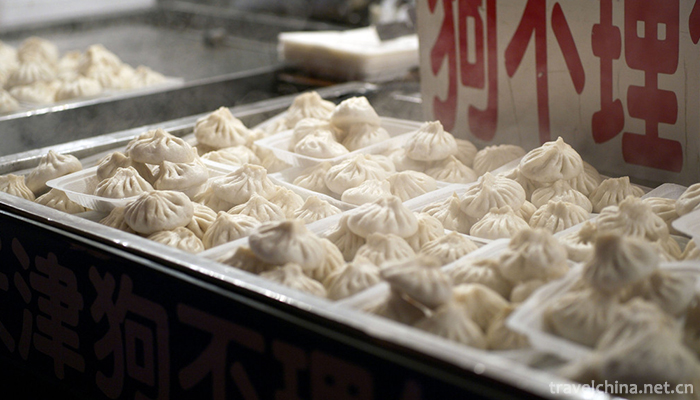
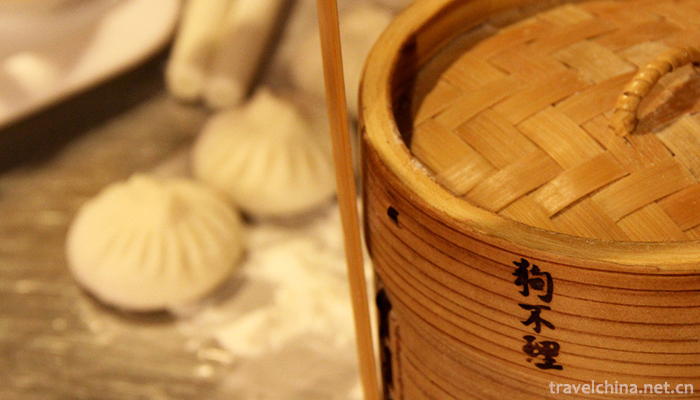
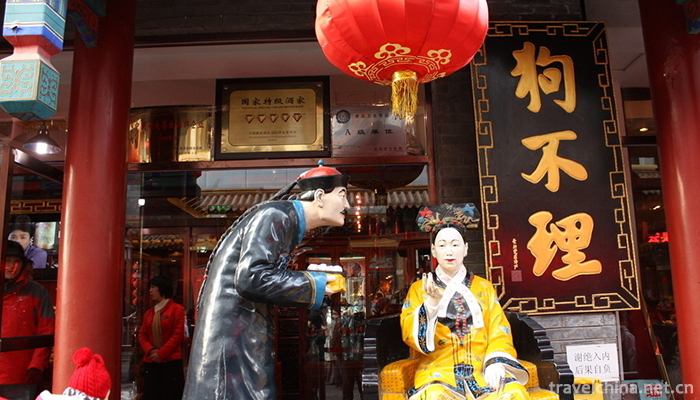
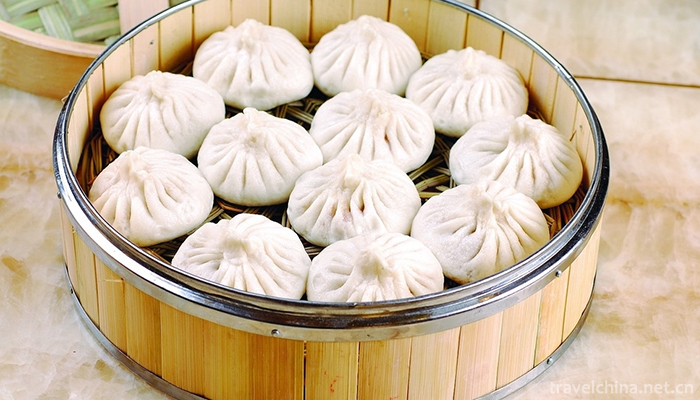
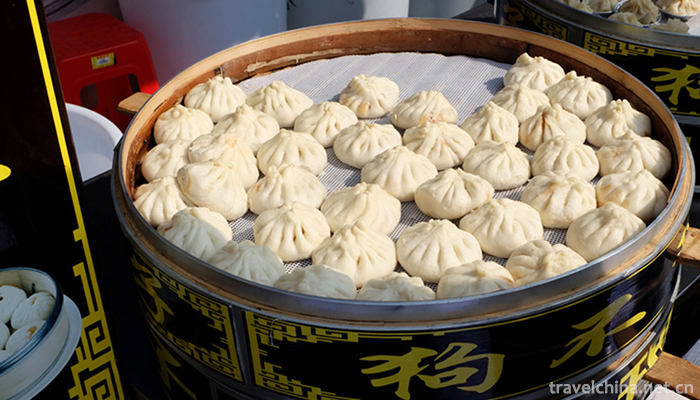
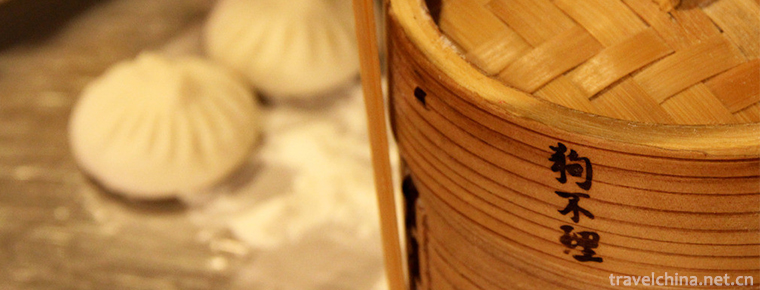
Go BelieveGoubuli baozi
-
Tong li ancient town
Tongli Ancient Town belongs to Wujiang District, Suzhou City, Jiangsu Province. It was built in Song Dynasty. There are many gardens, temples, residences
Views: 279 Time 2018-12-06 -
Tianshan Grand Canyon Scenic Area Urumqi
Tianshan Grand Canyon Scenic Area is located in Urumqi County, 48 kilometers away from the urban area. The total planned area of the scenic spot is 1038.48k
Views: 137 Time 2018-12-12 -
Linyi Animal and Botanical Garden
Linyi Animal and Botanical Garden is a national AAAA-level tourist attraction , located at the core of Linyi Economic and Technological Development Zone, Shandong Province
Views: 248 Time 2018-12-22 -
Wulian Mountain Scenic Area
Wulian Mountain Scenic Area covers a total area of 68 square kilometers and is a national AAAA-level tourist area. It is composed of Wulian Mountain and Jiuxian Mountain
Views: 185 Time 2018-12-22 -
Jiangwan Scenic Area of Wuyuan
Jiangwan Scenic Area is located in the northeast of Wuyuan County, Jiangxi Province, Shangrao City. It is an ancient village with rich Huizhou culture. Up to now, the village has preserved a large num
Views: 222 Time 2019-01-21 -
Diabolo
Diabolo is a splendid flower in Chinese traditional culture garden. Diabolo used to be called "Hu Dao", also known as "ground bell", "empty bell", "wind gourd".
Views: 150 Time 2019-04-28 -
Ham making skills
Xuanwei ham production technology is a traditional handicraft in Xuanwei area of Yunnan Province. Xuanwei ham is a famous local traditional specialty.
Views: 178 Time 2019-05-05 -
Lanxi stall spring
Lanxi Spring Spring Spring Spring is an ancient form of sitting and singing art, which was formed and popular in Lanxi area in the Midwest of Zhejiang Province, Jinhua and Quzhou, and belongs to Nanci
Views: 161 Time 2019-05-10 -
Butter Flowers in Tar Temple
Butter flower originated from Benjiao religion in Tibet. It is a small decal on the food supply. According to traditional Indian Buddhist customs, the tributes offered to Buddhas and Bodhisattvas are
Views: 314 Time 2019-06-17 -
Xiushan Folk Song
Xiushan folk song is the folk song of Xiushan Tujia and Miao Autonomous County. Folk songs are closely related to the people's lives of all ethnic groups in Xiushan. Through compiling folk songs, the
Views: 134 Time 2019-07-08 -
Yele Nature Reserve
Yele Nature Reserve is located in Yele Township, north of Mianning County, Sichuan Province, bordering on the south of Shimian County, Ya'an City. It is a provincial nature reserve. It is 70 kilometers away from Mianning County.
Views: 246 Time 2020-10-16 -
Meishan cultural undertakings
By the end of 2019, there are 7 cultural centers, 131 cultural stations, 7 public libraries and 6 museums. By the end of the year, 558000 books were collected in public libraries. By the end of the year, there were 6 radio and television stations, and the total
Views: 273 Time 2020-12-18






